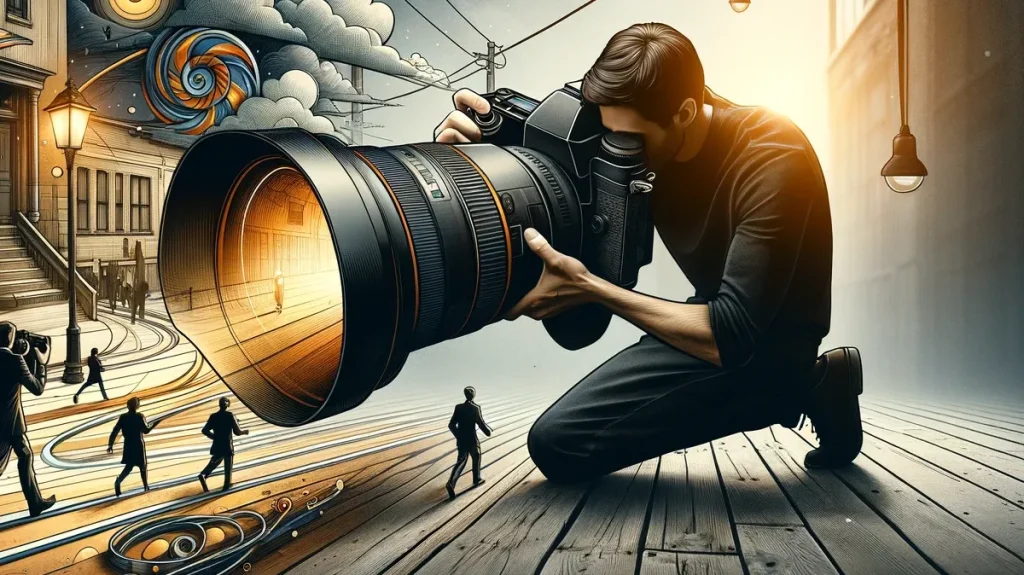Capture

Capture in photography refers to the process of taking a photo, which involves recording the light from a scene onto a medium, such as film or a digital sensor. The process of capturing an image involves several technical and creative decisions, such as choosing the appropriate lens, setting the exposure time and aperture, adjusting the focus, and selecting the appropriate camera settings.
Understanding the Process of Capture
The Technical Foundation
Capture in photography is essentially about recording light from a scene onto a medium – traditionally film and now, more commonly, a digital sensor. This process is layered with technical considerations:
- Lens Selection: The choice of lens can dramatically alter the perspective, depth, and detail of the photograph.
- Exposure Settings: Adjusting the exposure time (shutter speed) and aperture (the size of the lens opening) is crucial for controlling the amount of light that reaches the sensor.
- Focus: Achieving the right focus is vital to ensure that the desired elements of the image are sharp and clear.
- Camera Settings: Modern cameras offer a plethora of settings – from ISO sensitivity to white balance – each playing a role in the final image.
The Creative Aspect
Beyond the technicalities, capture is profoundly influenced by the photographer’s artistic vision:
- Composition: The arrangement of elements within the frame – a conscious decision that dictates how the story is told.
- Lighting: Understanding and manipulating light, whether natural or artificial, to create the desired mood and emphasis.
- Perspective: The angle and position from which the photo is taken can significantly alter the viewer’s perception of the scene.
Types of Photographic Capture
Deliberate and Planned
In scenarios like portrait or landscape photography, capturing an image is often a deliberate process. It involves meticulous planning – considering the lighting, composition, and timing to capture the essence of the subject or the beauty of a landscape.
Spontaneous and Reactive
Conversely, in street or wildlife photography, the capture can be instantaneous and reactive. Here, the photographer’s skill lies in quickly assessing the scene and capturing a fleeting, unrepeatable moment.
The Impact of Capture on the Final Image
The way an image is captured can profoundly influence its impact and message:
- Emotional Resonance: The capture can convey emotions – the joy in a smile, the tranquility of a sunset, or the hustle of a busy street.
- Storytelling: Every capture tells a story, whether it’s a single, powerful image or a series that narrates an unfolding event.
- Technical Quality: The clarity, exposure, and sharpness – all determined during the capture – play a significant role in the aesthetic appeal of the photo.
In summary, capture in photography is more than just pressing the shutter button. It’s a complex dance of technical precision and artistic intuition. It’s about making choices that transform a mere scene into a lasting image, a moment frozen in time that speaks volumes. Whether you are a seasoned professional or an amateur enthusiast, mastering the art of capture is essential to the journey of photography. It’s the first, crucial step in turning your vision into a tangible, captivating photograph.
